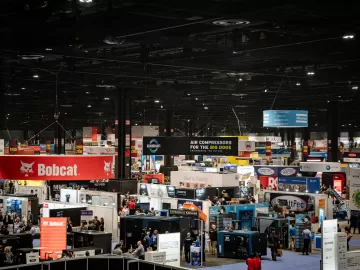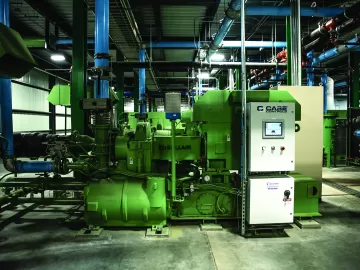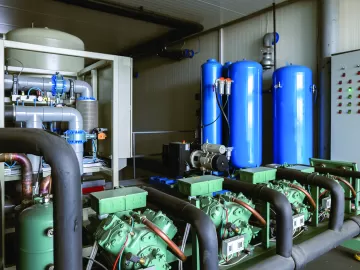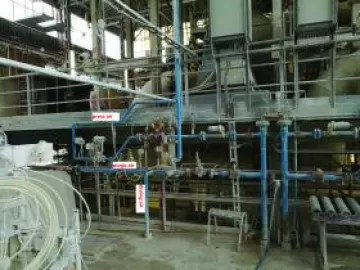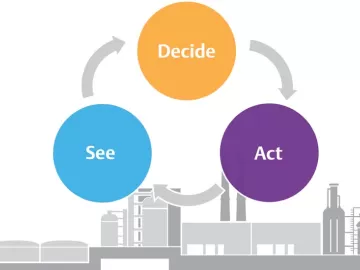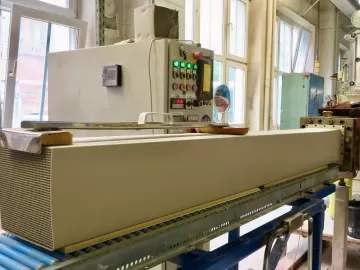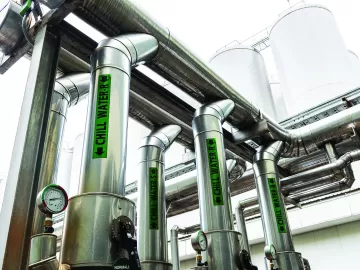The Benefits of Regular Air Compressor Cleaning
When some people think about compressed air, they imagine the big, loud, dirty, unreliable machine in the back corner of their facility. Many businesses around the world rely on compressed air, and an unreliable air compressor can mean stopping an entire facility, costing thousands of dollars in lost productivity and repair labor. Additionally, that loud machine in the back corner is also a major energy consumer. So much so that many industry professionals refer to it as the “fourth utility.”

